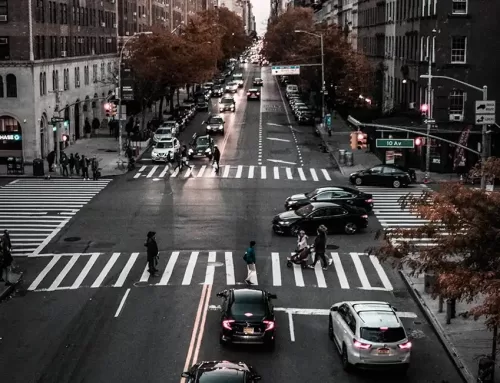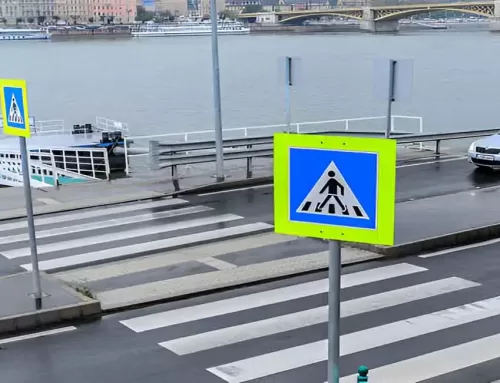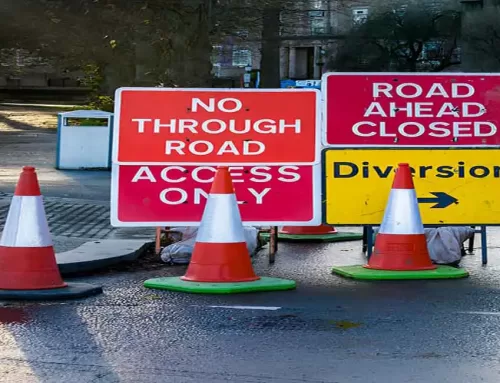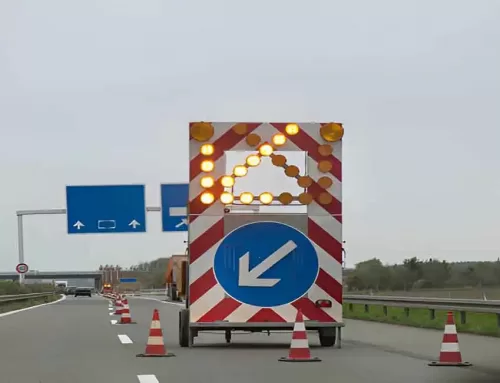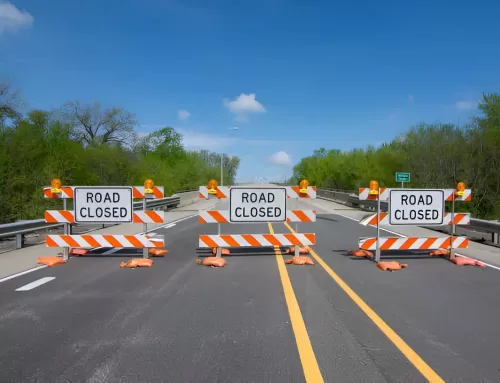Importance and usage of reflective car stickers
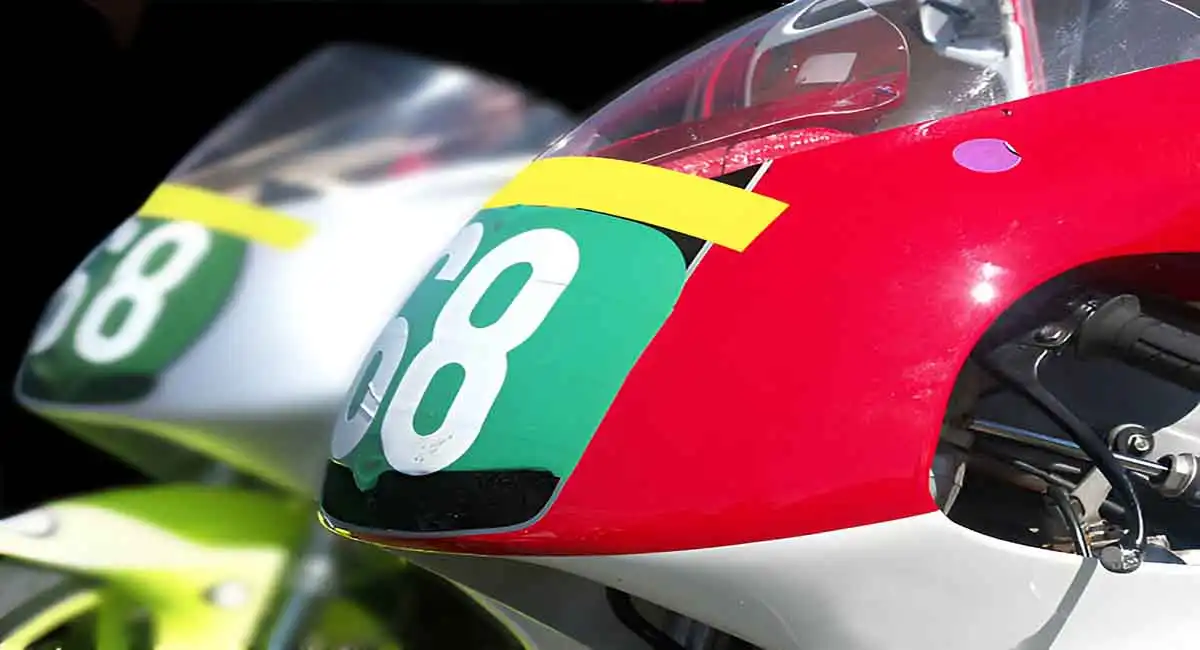
Why is it important to put reflective film on roadblocks?
With the continuous development and construction of modern cities, many people living in cities can even see some roads being constructed for high-speed rail stations and road expansion every day. Construction workers all wear reflective vests, and many roads are blocked in whole or in part. Reflective roadblocks are set up at many intersections and forks. These reflective roadblocks are set up to block and warn the construction area to prevent pedestrians and vehicles from entering the construction area and causing danger and injury.
Some time ago, Mr. Kong, a citizen of Weifang, was driving a BMW sedan on the road at night and suddenly hit a concrete pillar, causing the BMW sedan to overturn. What happened to the concrete pillar that caused the accident?
It turned out that the section of the road where Mr. Kong was driving was undergoing maintenance and construction that day. There were no street lights or warning signs on the road, and simple concrete pillars were used as roadblocks. When Mr. Kong found the construction party, the person in charge of the construction party shirked the responsibility by saying that the paint on the pillars was not dry and sticky, so no reflective strips were affixed.
How to use vehicle reflective stickers correctly?

- Trucks with a total mass greater than 12,000 kg (except semi-trailer tractors), trailers with a length greater than 8.0 m, and all cars and trailers with a maximum design speed of no more than 40 km/h should be equipped with a vehicle tail sign that complies with the relevant mandatory national standards;
- Other trucks (except semi-trailer tractors), special operation vehicles and trailers modified from cargo vehicle chassis should be equipped with body reflective signs at the rear and sides, and semi-trailer tractors should be equipped with body reflective signs that reflect the width and height of the cab above the rear of the cab;
- Among them, van trucks and van trailers should be equipped with reflector-type body reflective signs that comply with regulations. The rear body reflective logo should be able to reflect the height and width of the rear of the motor vehicle; the length of the side body reflective logo should not be less than 50% of the vehicle length.
- For three-wheeled vehicles, it should not be less than 1.2m; for special operation vehicles with no continuous plane on the side body structure, it should not be less than 30% of the vehicle length; for trucks with a cargo compartment length less than 50% of the vehicle length, it should be the cargo compartment length.
- The rear and side body reflective logos of vans and van trailers should be able to reflect the outline of the cargo compartment. Road transport vehicles for explosives and highly toxic chemicals should also paste orange reflective tapes that comply with regulations on the rear and both sides.
- The body reflective logo materials of trucks, special operation vehicles and trailers should comply with the provisions of GB23254; but for those using reflector-type body reflective logo materials, the body reflective logo setting should comply with the relevant provisions of GB23254, which should be deemed to meet the requirements.
If the reflective signs on the body of a truck or trailer are blocked, at least one flexible reflective sign of 2000mm x 150mm should be fixed horizontally on the rear and side of the blocked body.
